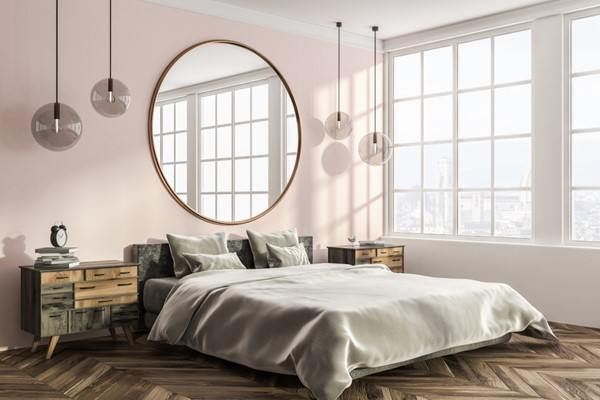
Moving into a new home is an exciting time. There is so much to do with packing up the old place, closing on the purchase, and moving in that you probably haven’t spent much time wondering what your new home is like early in the morning, or late in the afternoon. After visiting your new home just a few times during the buying process, you may be unprepared for how your home appears at different times of the day.
Then, one morning, you wake up, look around and think it’s still night because you don’t see light streaming into your home the way it did into your fourth-floor walk-up apartment. You feel the walls closing in and wonder if it was all a mistake.
What’s up with that?
If the home is older, it might have fewer windows. In an effort to conserve energy and lower heat and air conditioning bills, older home designs had less glass exposure. Of course, modern improvements to thermal windows makes this less necessary, but if you’ve purchased an older home, or are planning to, consider some of these alternatives for brightening up your space.
Lighten up!
- Remove heavy window coverings and curtains and opt for more sheer versions or install adjustable blinds to let in more light. Not only will this brighten things up, but it will also give your home a modern, clean, minimalist vibe. Lighter colored blinds reflect more light than wood, and lighter natural woods reflect more than darker ones.
- Shine light on the walls and the ceiling. Adding a couple of floor lamps that direct light up the walls and onto the ceiling can brighten up any room. Or, add sconces to brighten things up in dark hallways and smaller rooms. Choose lamps without shades, or with very light shades to maximize the brightness.
- Use paint to add light to the room. Interior paints are rated by their LRV (light reflective values). Before choosing a paint color, learn where it falls on the scale (from zero to 100%). Paint dealers can help you choose colors that have a higher LVR so that your home reflects more light. Often, the LRV is listed in the color “fanbook” or on the paint swatch. The higher the value, the more light reflects into the room.
Consider buying sample sizes and paint swatches on the walls so that you can view the paint in all light ranges throughout the day. If painting swatches on your walls makes you cringe, hang up a piece of butcher paper and paint the swatches on it. That way, you can quickly take it down when your mother-in-law pops in for an unexpected visit. - Make glass and metal your friend. Reflective surfaces found in mirrors, blown glass decorations, and metallic art helps bounce light around the room. Placing two mirrors opposite each other gives infinite reflections that open a room or give life to a dark hallway. Or, place crystal vases or brass candle holders in the darker area. Frame photos and art with metallic frames.
- In the kitchen and bath, add reflective surfaces such as glass or metallic tile to backsplashes and showers. Chrome reflects more that brushed surfaces such as nickel, so opt for those in your bath and kitchen fixtures.
- If renovations are in your future, consider a more open concept, enlarging windows, or adding skylights to increase your light exposure.
- Pay attention to your landscaping as well. Older homes often come with mature trees that cast larger shadows. Give yourself the opportunity to experience all four seasons before removing them, though, because that shade might come in handy in the warmer months.
Check with your real estate professional for recommendations on local contractors to help with addressing structural changes and extensive landscaping alterations.
About the Author
